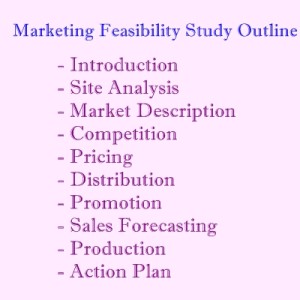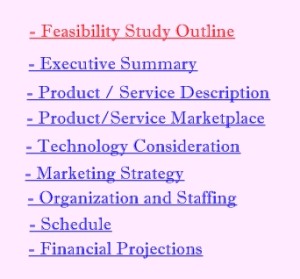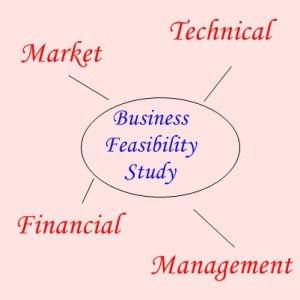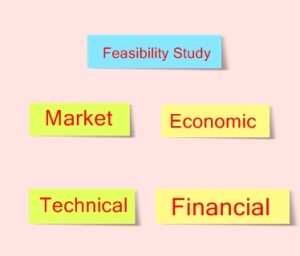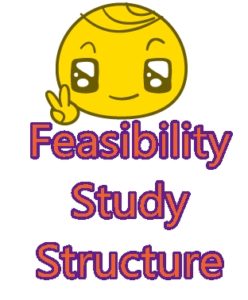 Feasibility study is created in order to minimize risk and to ascertain the viability of a project, a thorough study must first be undertaken. As soon as it is certain that a specific project could be carried out profitably, it is only then, that it could be implemented.
Feasibility study is created in order to minimize risk and to ascertain the viability of a project, a thorough study must first be undertaken. As soon as it is certain that a specific project could be carried out profitably, it is only then, that it could be implemented.
A feasibility study is not merely an investigation but at the same time a plan or a framework on how the operation of a business project shall be accomplished. It is composed of five major components namely: Marketing, Technical, Management, Financial and Social Desirability.
You must determine if there are sufficient demands for the product as well the competitive position of the firm in the industry. Sale projection for the project must also investigate as part of your market study.
The manufacturing process, plant size, production schedule, machinery, plant location and layout, structure, raw materials, utilities and waste disposal is taken into consideration when it comes to technical study.
Management study involves on how the project shall be managed such as the business organization including the organization chart and function of each unit management personnel, skills and numbers of labor required.
In your financial study, you can include the assessment of total capital requirements, break-even outputs, sales and prices, amount of sales required to earn a certain amount of profit and the cash payback period.
Last but not the least is the social desirability which is measure by economic benefits to the people living in the community and its vicinities.
